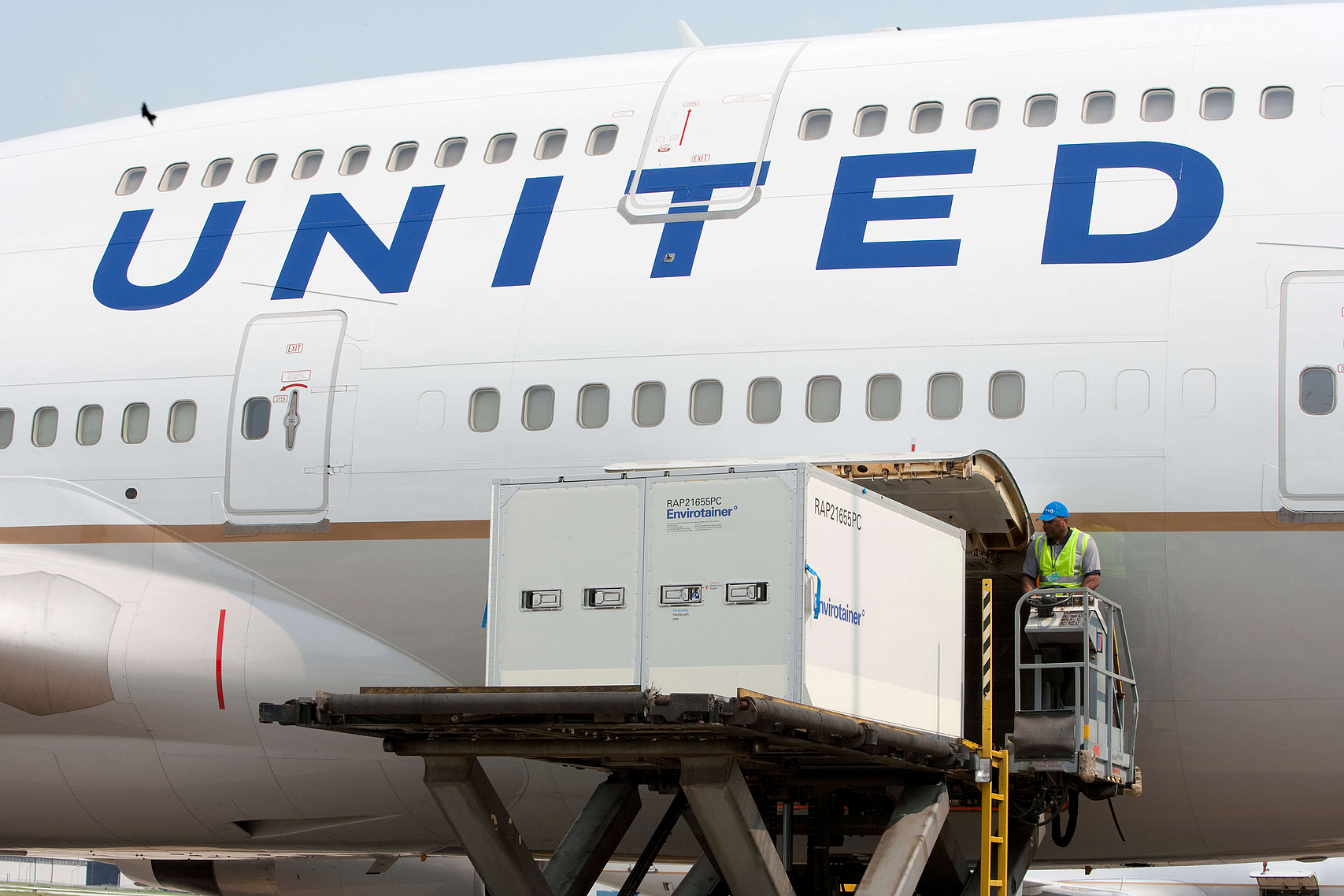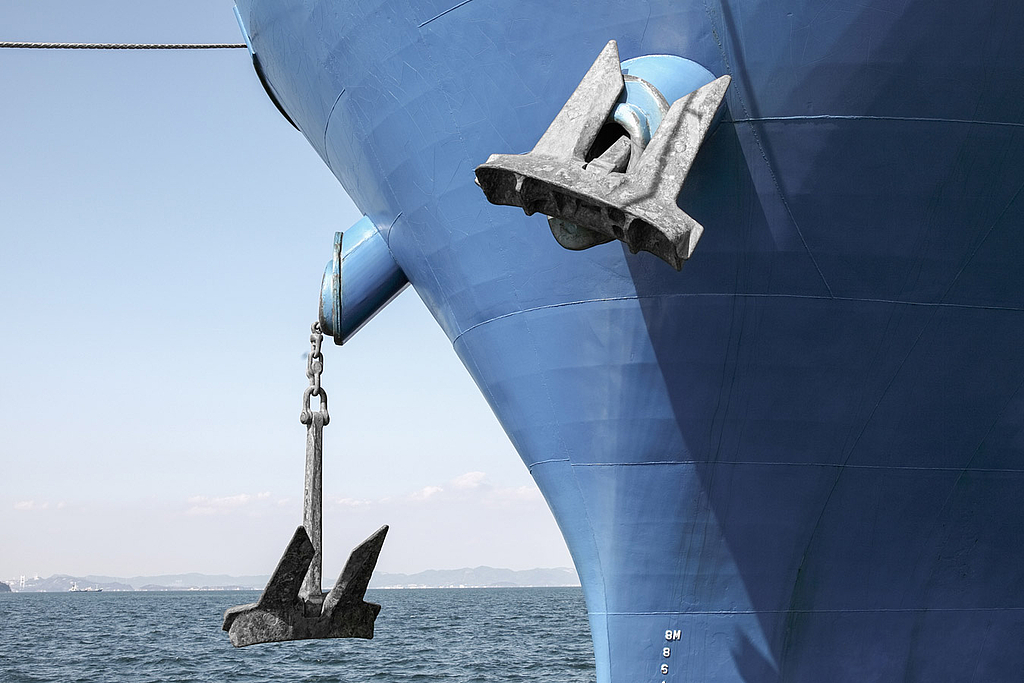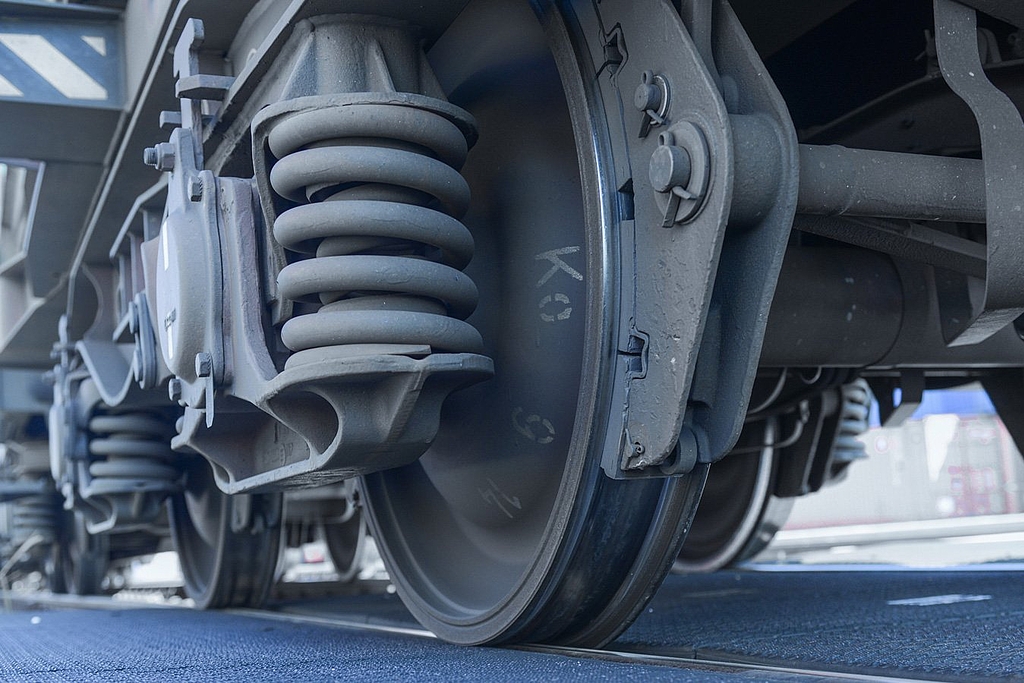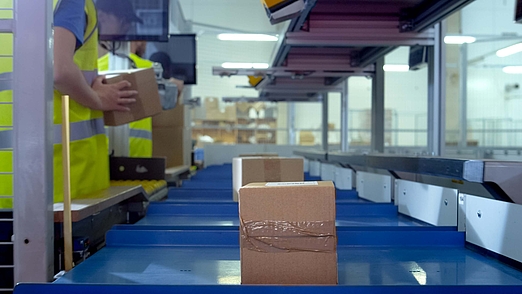“…to make cultural diversity an asset rather than a roadblock”
- Interviews
United Cargo are able to offer their customers the cargo capacity of the world’s most comprehensive route network – 4,800 flights a day to 353 airports across five continents, operated by a fleet of more than 770 aircraft, including over 180 widebodies. cargo-partner and United Cargo are long time partners and we took this opportunity and invited Jan Krems to talk to us about the most recent developments in airfreight, the ongoing e-commerce boom, advantages of cultural diversity and their remaining interest in cargo partnerships with other carriers.
“Digitization, along with technology innovation and investment, is a must for carriers who want to maximize their benefit from the e-Commerce boom. It’s reasonable to expect this trend to continue as the middle class and consumption-driven economies expand in developing regions.
Jan Krems sees a lot of potential for airfreight in the future.


“It is still uncertain how much of a threat ‘New Silk Road’ will pose to air freight – the long-term viability of the business model is unknown.”
On whether the Silk Road could become a popular alternative to sea and airfreight.








